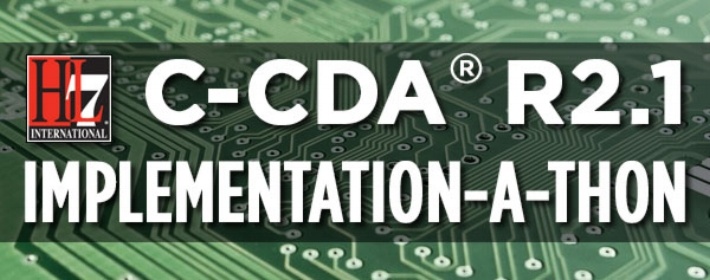Working Together: Our best option to improve C-CDA® Content
Most people have heard of HL7 Fast Healthcare Interoperability Resources (FHIR®) Connectathon events, as well as IHE North America and European Connectathon events, which focus on testing the interoperability of solutions. But did you know that one of the most important content efforts – improving C-CDA® (Consolidated Clinical Document Architecture) documents – is also underway? At each HL7 C-CDA® Implementation-A-Thon, health IT activists have met to improve C-CDA quality and resolve industry differences that result from varying interpretations of standards and implementation guides.
Efforts to Improve the Content of the C-CDA
Many efforts are underway across the industry to help all of us improve the content of C-CDA documents. For example, the Relevant and Pertinent project and the ONC Site C-CDA Scorecard. For anyone who wants to improve C-CDA content quality, you will make the best use of your time at an HL7 C-CDA Implementation-a-Thon.
These two-day events provide an opportunity for multiple participants (20 – 30) from a diverse cross-section of companies and government agencies (16 – 20) to tackle specific use cases for both content creation and content consumption.
What We’ve Accomplished So Far at the C-CDA Implementation-A-Thons
Through the past three C-CDA Implementation-A-Thons, we have accomplished the following:
- Identified many inconsistencies in how document content has been created and consumed
- Clarified language in implementation guides
- Suggested and actually written material for the upcoming C-CDA R2.1 Companion Guide (see C-CDA R1 Companion Guide here)
- Made best-practice statements on a variety of topics
- Exchanged ideas with ONC about certification, validation and document scoring
At Allscripts, we have products that cross the continuum of care, with the ability to both produce and consume CDA-based documents. I am fortunate to work with the very talented Community Solutions group, which is responsible for the creation and consumption of all CDA-based documents for Allscripts products.
Yet, even with this single, focused approach at Allscripts, we are still faced with a number of interesting choices about data, and the construction and consumption of CDA documents. Participation in the C-CDA Implementation-a-Thon events resulted in us making some useful changes, and feeling confident that these were changes made with an industrial consensus for producing an improved quality of C-CDA.


